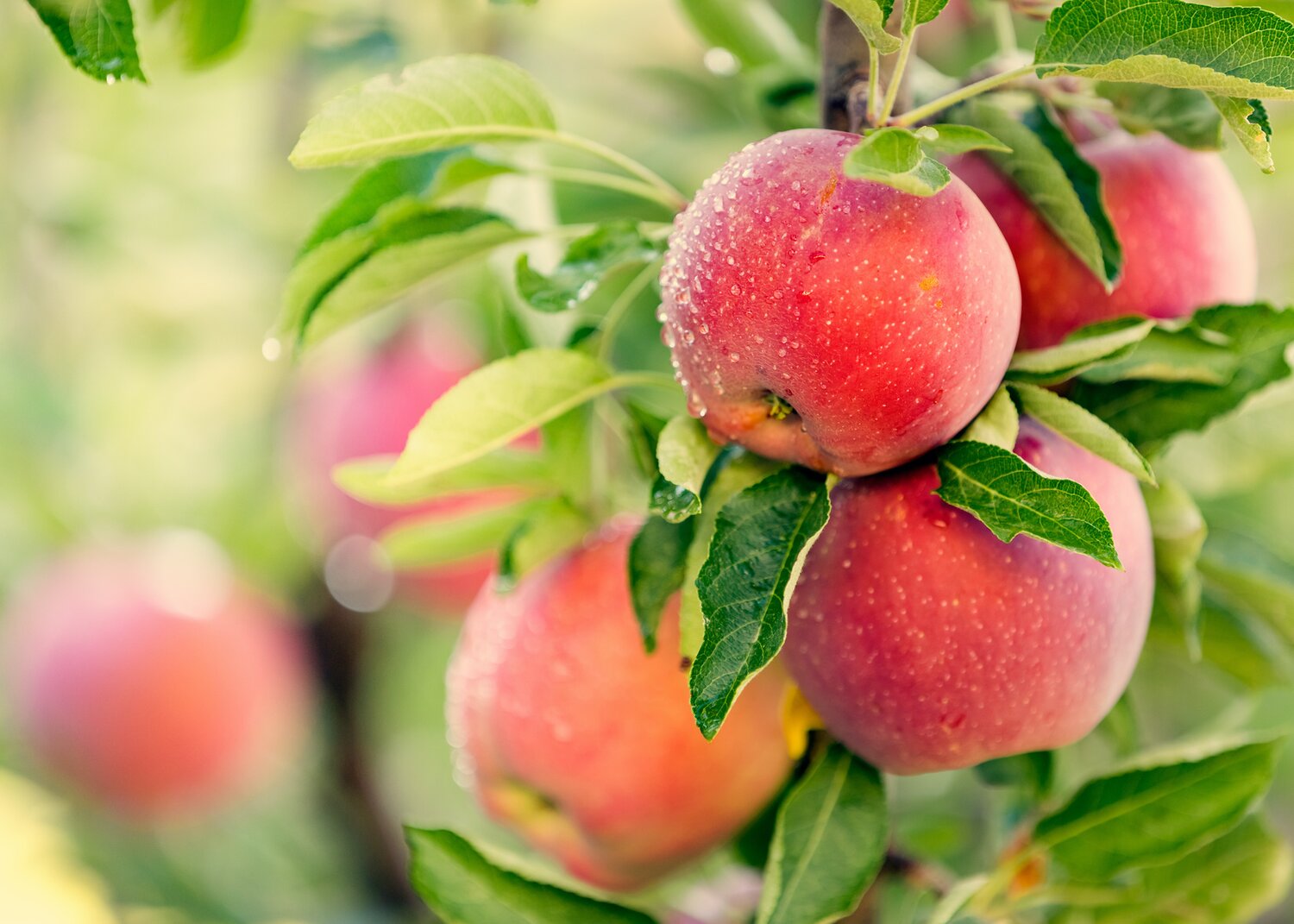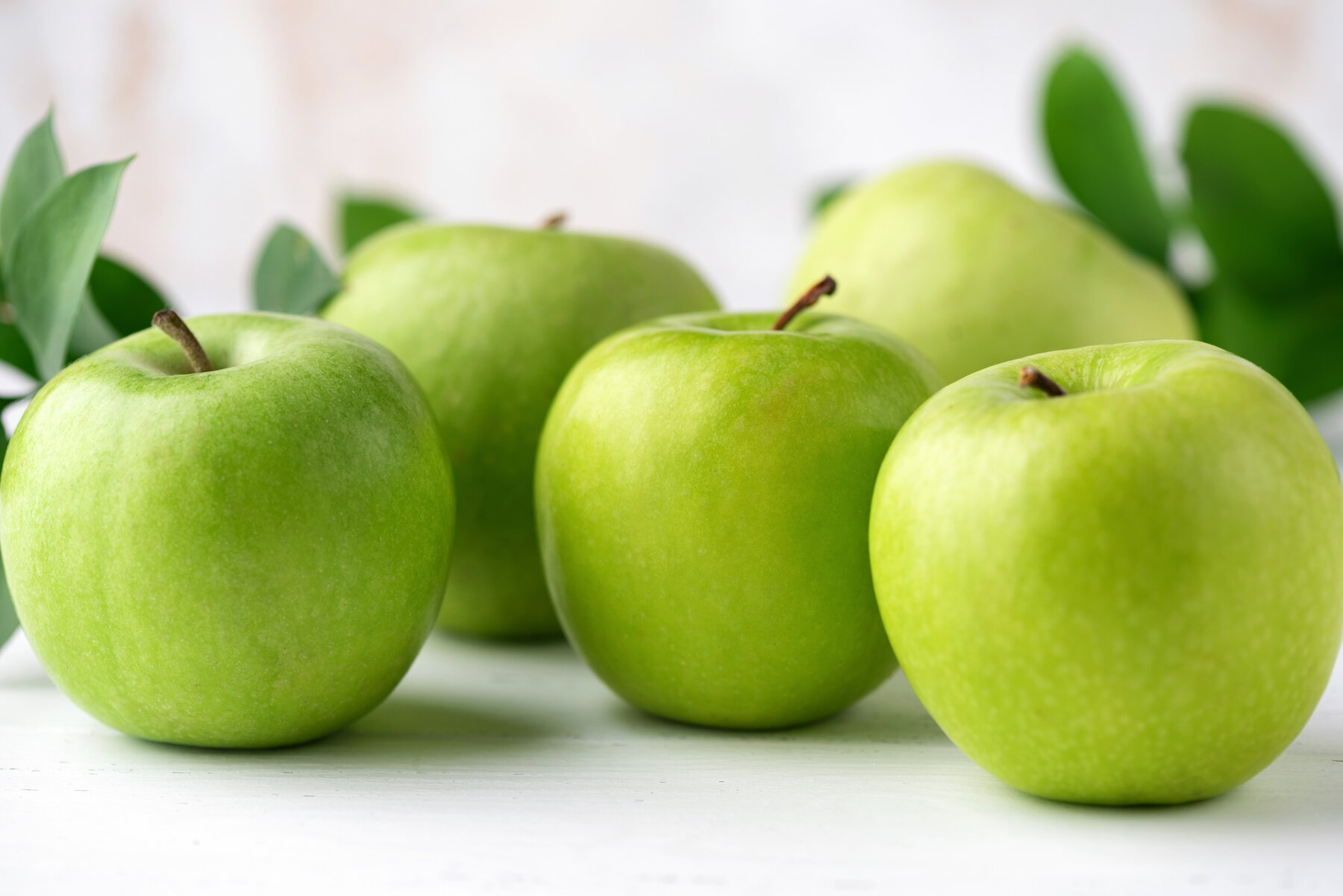Apple
Why apple?
The apple [Malus domestica (Suckow) Borkh.] has been part of the human diet for thousands of years. The hundreds of varieties known today result from a long and complicated history where multiple wild species contributed to the fruit’s lineage as it traveled from Central Asia to China and Europe along the Silk Road, and later to North America. Apples rank among the top three fruits produced around the world, along with citrus fruits and banana. Worldwide, there are more than 7,500 known varieties in circulation, but it is estimated that only 40 cultivars account for the bulk of commercial production worldwide.
Although very few apple accessions are known to be from wild trees, scientists have become increasingly interested in the diversity of wild apples as a source for traits to improve commercial varieties, including resistance to pests, fungal infections and bacterial diseases, which are common problems in commercial apples.
Project partners
Collecting
- Armenian Botanical Society, Yerevan, Armenia
- Genetic Resources Institute, Azerbaijan National Academy of Sciences, Baku, Azerbaijan
- National Botanical Garden of Georgia, Tbilisi, Georgia
- University of Pavia, Italy
- National Agriculture Genetic Resources Centre, Nepal Agricultural Research Council, Khumaltar, Nepal
- Plant Genetic Resources Institute, Islamabad, Pakistan
- Plant Resources Center, Hanoi, Vietnam
Collecting achievements and highlights
-
47 seed samples of seven wild Malus species were collected from seven countries: Armenia, Armenia, Azerbaijan, Georgia, Italy, Nepal, Pakistan and Vietnam.
-
Newly collected species: Malus baccata, Malus chitralensis, Malus crescimannoi, Malus doumeri, Malus orientalis, Malus sikkimensis and Malus sylvestris.

The Crop Trust's 2019 global conservation strategy for apples found 40 apple diversity collections around the world.
Apple key collections, materials and data
Apple collections
- The largest collection of apple and related species is conserved at the Plant Genetic Resources Unit, Cornell University, New York State Agricultural Experiment Station, USDA, ARS, USA.
- 44 newly collected accessions of five species including domesticated apple from seven countries are conserved in the Millenium Seed Bank.
Data
- The Genesys PGR database includes information about apple accessions in genebanks worldwide.

